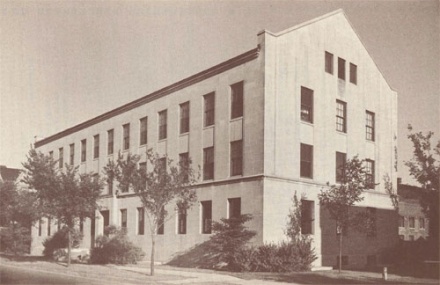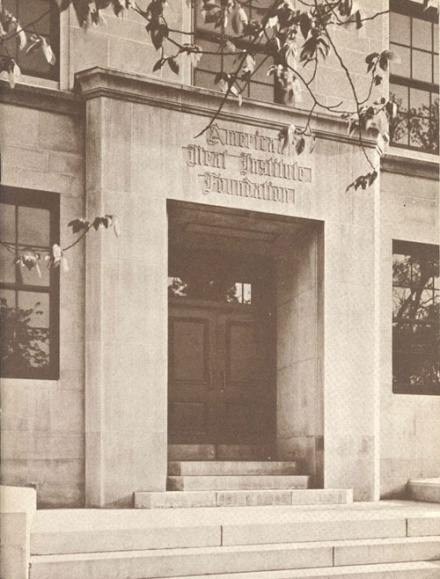History
The Meat Institute is a dynamic and member driven, consumer focused trade association formed in 2015 from the merger of the American Meat Institute and the North American Meat Association.
The American Meat Institute (AMI) was founded in Chicago, IL in 1906 just after the passage of the Federal Meat Inspection Act, one of the first U.S. laws to set federal food processing standards. Originally called the American Meat Packers Association, the organization devoted much of its efforts in the early years to helping its nearly 300 member companies acclimate to the new federal inspection. Other early issues included fighting Congressional efforts to saddle the meat industry with the costs of its own inspection, pushing for greater meat export opportunities and sponsoring meat nutrition research.

In 1919, the organization became the Institute of American Meat Packers (IAMP). Among the issues IAMP handled were fluctuating livestock and meat prices and calls for investigations of livestock marketing. In 1922, IAMP launched new efforts in scientific research and industry education including a new program to promote meat to consumers.
By 1940, the Institute had expanded its meat promotion program to include consumer advertising and in that same year it changed its name to the current American Meat Institute (AMI). In 1944, the AMI established the AMI Foundation (AMIF), complete with a commercial laboratory at the University of Chicago.
In 1974, AMI moved from Chicago, IL to Washington, DC to be closer to the federal government while regulatory and legislative affairs dominated the Institute's agenda.

Following the move to Washington, DC, AMI merged with the National Independent Meat Packers Association (NIMPA) in 1982 and began managing the U.S. Hide, Skin and Leather Association in 1990. In 1991, AMI changed its bylaws to allow poultry processors to become full members and in 1992, the AMI Foundation was reestablished to focus on research, education and information of interest to the meat and poultry industry. In 1999, the AMI Foundation launched a multi-million dollar, multi-year Food Safety Initiative with the goal of reducing and ultimately eliminated Listeria monocytogenes and E. coli 0157:H7 from meat and poultry products.
In 2006, AMI celebrated its 100 year anniversary as a leading trade association for the meat and poultry industry.
The North American Meat Association formed in 2012 from the merger of the National Meat Association and the North American Meat Purveyors.
In 1942, shortly after the American entrance into WWII, the government imposed price controls and rationing of meat products without recognizing the special value-added service purveyors give to their customers. In response, Chicago, Illinois-based institutional meat purveyors banded together as the National Association of Hotel and Restaurant Meat Purveyors. As a result of this organization’s efforts, the regulation was amended and all sellers of meat products to hotels and restaurants were permitted to sell their products at a fair price. The association changed its name to the National Association of Meat Purveyors and began serving the needs of its members. In March 1996, the association changed its name to North American Meat Processors Association to reflect that it had begun to serve members in Canada, Mexico, and other countries. NAMP was unique among meat industry trade associations in having a North American focus in its programs and services.
National Meat Association had a similarly transformative history. Its first predecessor organization, Western States Meat Packers Association, was formed in 1946. Two years later its second, Pacific Coast Meat Association, was chartered. These two would join together in 1982 to become the Western States Meat Association. Finally, in 1995, out of a merger of WSMA with the Mountain/Plains Meat Association, National Meat Association was formed. NMA gained recognition by furthering its influence in legislation, while maintaining a grassroots approach. The association also built a superb team for one-on-one assistance in handling regulatory challenges. This team included regulatory experts that gave members the unique guidance necessary to navigate ever-changing Federal regulations. The association distinguished itself through tireless work in Washington and across the nation, making sure that regulations were fairly implemented, and information was distributed.


